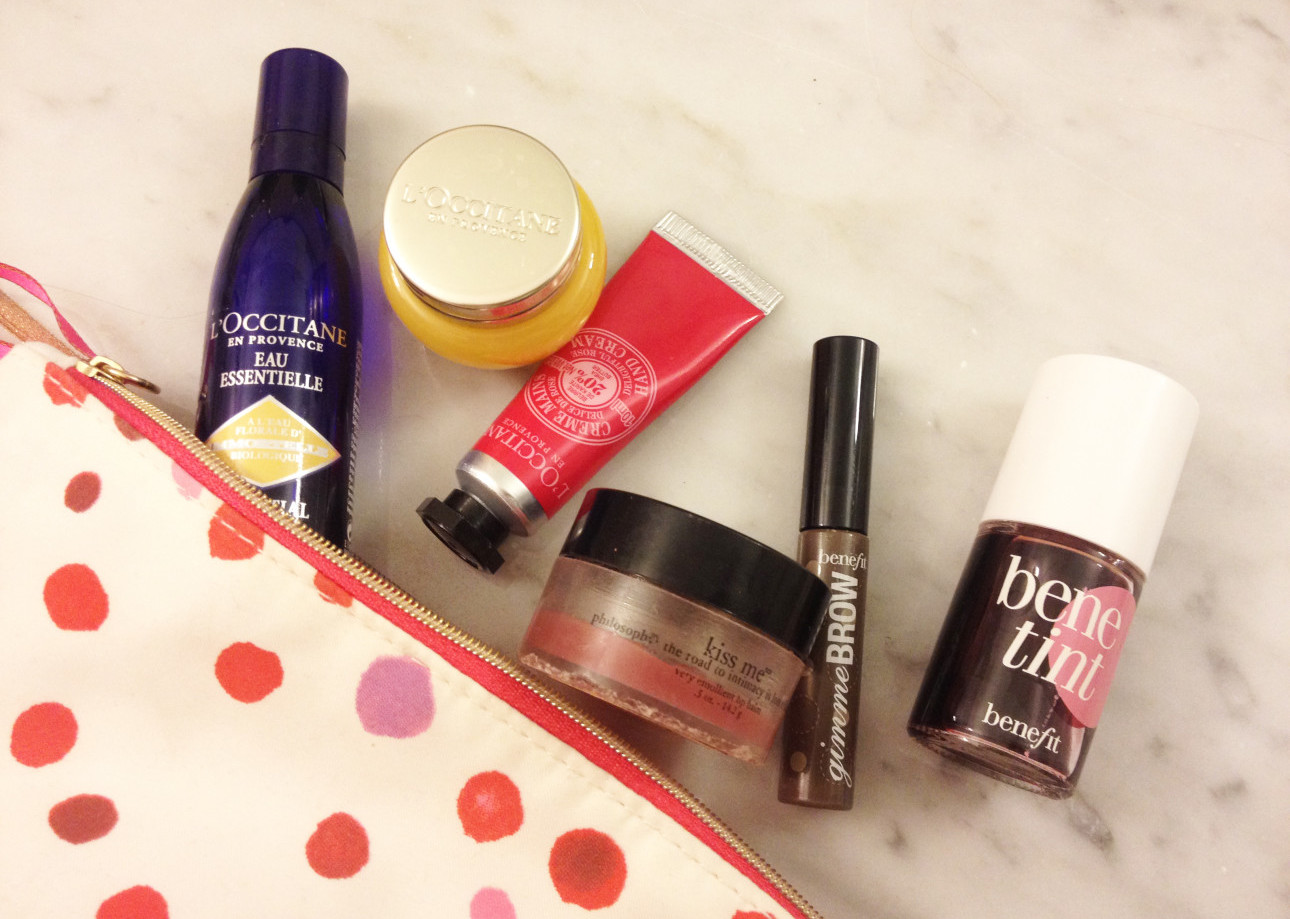There are a ridiculous amount of weird things that happen to a body during a pregnancy. A gal should receive a certificate or something after going through nine months of gestation with the litany of multisyllabic words and phrases she has to learn to keep up with what’s happening to her. Meconium, linea negra, amniocentesis, episiotomy, preeclampsia, placenta previa — all words that meant nothing to me until I got pregnant.

So, when I saw my OB because of intensely itchy palms and feet and she laid it on me that I had cholestasis of pregnancy, I was not surprised to learn that there was yet another pregnancy complication I had never heard of. What I was surprised to learn was what that diagnosis would mean for me and my baby.
Symptoms: Benign or threatening?
Even the easiest pregnancies are hard. Itching, tiredness, swelling, irritability, sleeplessness, vomiting, and cramping can all be completely normal. They can also be signs of trouble. So pregnant women are left alone (OK, with Google) wondering, “Is this thing I’m feeling totally cool, or a sign of impending doom?” And Google is a crap doctor.

Sometimes the risk of blowing symptoms out of proportion and being “that mom” seems just as bad as overlooking seemingly innocuous symptoms. Judgey people will definitely judge you for worrying unnecessarily — not a lot you can do to prevent that. But if you don’t listen to your body when you think something might be up, the consequences can affect your and your baby’s health.
I considered not calling my doctor about my symptoms, and if I hadn’t, I could have lost my daughter at 37 weeks pregnant. It chills me just thinking about it.
So please take a moment to learn about another sucky thing that can happen during pregnancy, how to recognize it, and what happens if you have it.
What is cholestasis?
The term “cholestasis” refers to any condition that impairs the flow of bile from the liver. What causes it in pregnant women is still really cloudy. There may be a genetic component, and hormones also might play a role, but mostly, it’s one of those super-fun pregnancy crapshoots. Anyway, what happens is a slowdown of the normal flow of bile out of the liver, causing a backup of bile in the liver, which overflows into the blood stream and leads to next-level pregnancy itching.

Risk factors for developing cholestasis include:
- A personal or family history of cholestasis of pregnancy
- A history of liver disease
- A twin pregnancy
Cholestasis sucks, but it poses no long-term risk to mom’s health. To the baby, however, cholestasis can be life threatening. Doctors usually recommend early delivery at 36 weeks. For me, that delivery happened the day after I learned I had the condition, since I was already at 37 weeks.
How do I know if I have cholestasis?
Itching is the predominant symptom of cholestasis of pregnancy, which is great because pregnant women never itch when everything’s just fine — ha.
So, here’s how I noticed the difference: Normally, I itched on places that stretch during pregnancy, like my belly, butt, thighs, hips, breasts, etc. It’s when the itching spread to weird places like the sides of my knuckles, my palms, my ankles, and the bottoms of my feet that I first thought, “Hmm. This seems un-normal.” When it got bad enough to keep me up at night, I called my doctor.
You’re most likely to notice it late in your pregnancy (third trimester), and it will get worse as days go on.
Other less common signs and symptoms of cholestasis of pregnancy may include:
- Yellowing of the skin and whites of the eyes (jaundice)
- Nausea
- Loss of appetite
Blood tests to examine bile counts (biliruben) in blood will confirm the diagnosis, but in my case the symptoms were so tell-tale that my doctor scheduled induction before even receiving test results because of the threat to the baby.
What if I’m diagnosed with cholestasis of pregnancy? What then?
First, take a deep breath. It’s gonna be okay. You caught it, and that’s the most important thing.

Your doctor will likely recommend early delivery at 36 weeks. If you’re past that time, he or she will probably recommend immediate delivery. Please know that this does not mean you have to have a C-section if you don’t want one! I was very stressed that early induction would lead to C-section, and though there’s no guarantee, you can still hope for a vaginal birth just as much as any induced mom.
More good news is that the itchiness goes away as soon as you deliver. The bad news is you’re likely to develop the same condition in future pregnancies. About half to two-thirds of women experience a recurrence. Which is a bummer, but “the more you know,” right?

I’m so glad I listened to my body when I did — my daughter and I are both healthy and happy today because of it.














